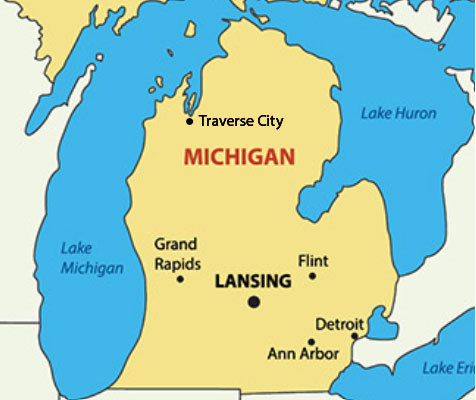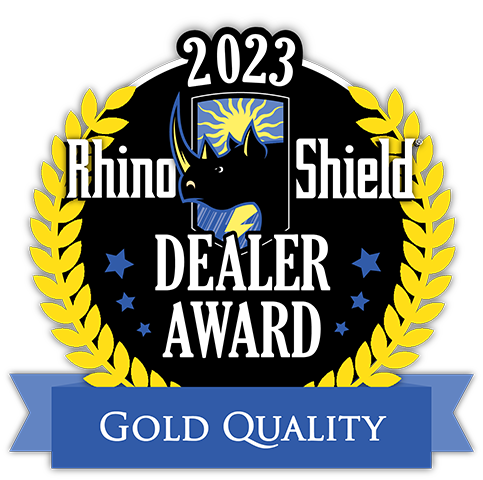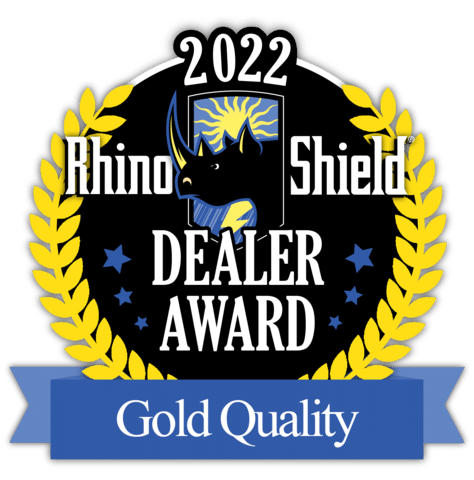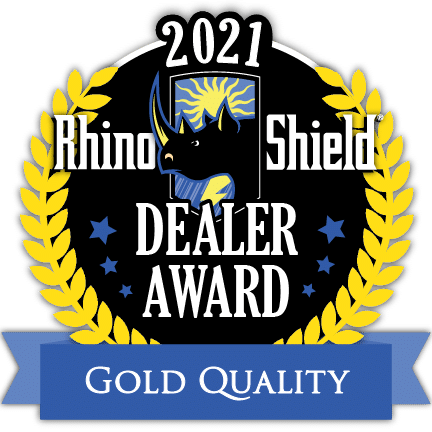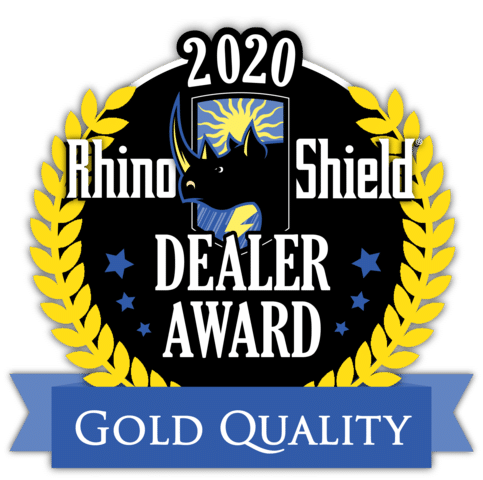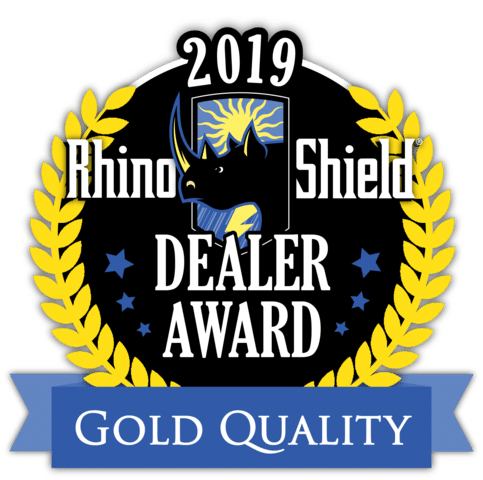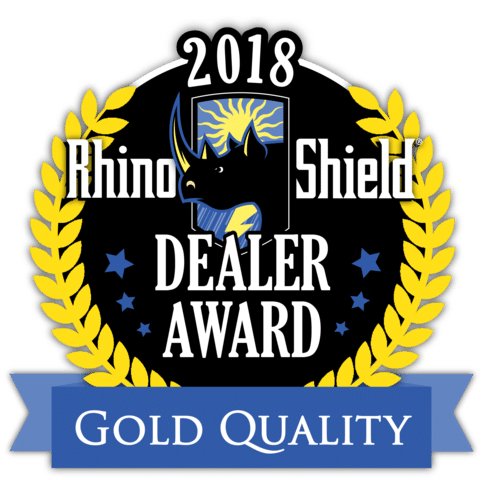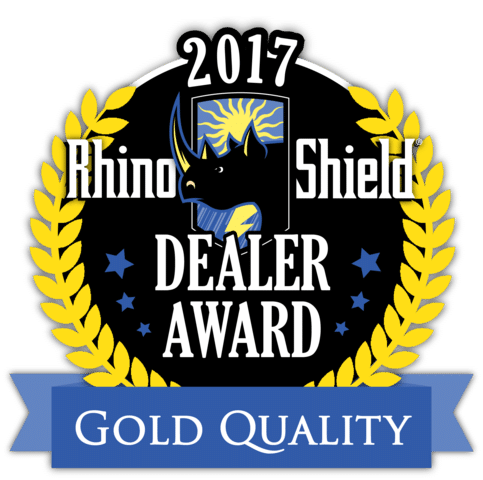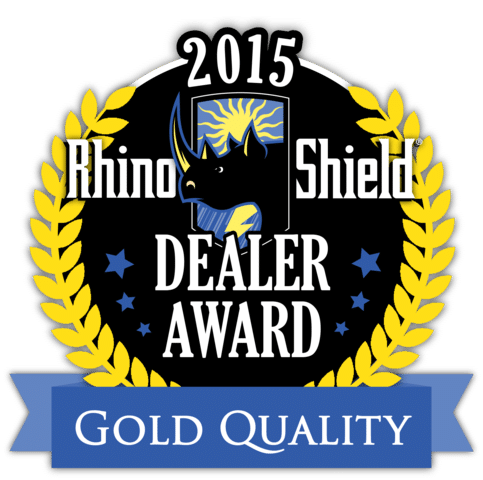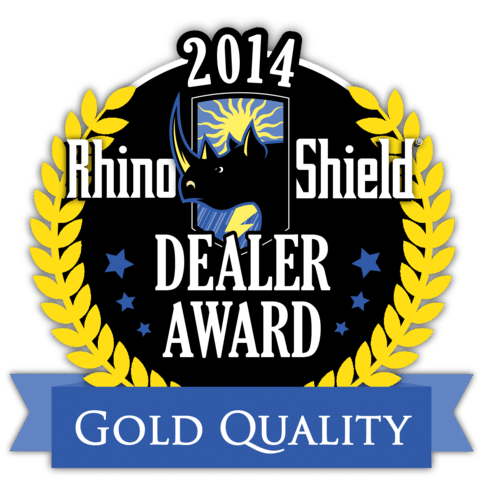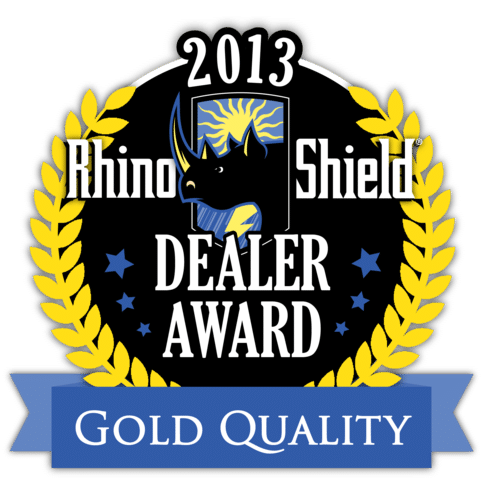THE RHINO SHIELD PROCESS
Rhino Shield is not just “paint”, it’s a home exterior system. This outstanding house painting product in combination with our professional installers makes certain that your home or business exterior is finished, and finished right. Michigan Rhino Shield will be there for you at every step.
Step 1 – Thorough Inspection
Our Rhino Shield of Michigan team members will thoroughly inspect the building to be coated as well as the surrounding area. We note any surface areas that need special attention such as any wood that may need to be replaced, stucco needing repair, damaged siding, cracked caulk, etc… A production plan is developed that includes the estimated time to complete the installation, the amount of labor required, and if any special equipment, such as a lift, is necessary to complete the project.
Step 2 – Cleaning and Washing
All jobs will start with a thorough power wash cleaning to remove foreign matter as well as loose and/or peeling paint. Our team will take proper care to maintain the surface look and feel of your home or building. A clean and dry surface free of dust, oils and mildew spores, algae, and surface chalking will ensure optimal Rhino Shield adhesion.
Step 3 – Patching and Repair
Depending upon the extent of any wall damage, we repair or replace all damaged areas. This includes wood replacement, patching and stucco repair. Our goal is to bring the surface back to its original condition both for cosmetic as well as for coating installation reasons.
Step 4 – Scraping
On wood homes, all loose paint and debris must be removed. Easily removed paint may be sanded and scraped by our team. Other forms of paint removal may involve chemical or mechanical stripping although this is not always necessary. Our goal is a clean, bondable surface for both primer and ceramic finish coats.
Step 5 – Caulking
Caulking is an important aspect of any successful coating installation. We use a 60-year elastomeric sealant. Our team will caulk small surface cracks, vertical joints, and horizontal seams around doors and windows to reduce moisture intrusion. We will remove any old or cracked caulk and replace it. However, we typically do not caulk underneath laps as that may affect proper siding ventilation.
Step 6 – Masking
Areas not being coated will be masked off, covered, or temporarily removed by our installation crew. Typical areas to be removed include light fixtures, signs, downspouts, window shutters, and mailboxes. Special attention is given to covering areas such as roofing, landscaping, lawns, decks, and other areas prone to windborne spray.
Step 7 – Priming
The next step in the Rhino Shield installation process is priming. We use Rhino Shield® APS – Adhesive Primer Sealer. It is an adhesive stain blocker primer that is a transparent, elastomeric acrylic with superior waterproofing, bonding, sealing, and stain blocking properties. It is designed to revitalize, strengthen, and prepare surfaces for the application of our Durable Finish Coat. The bond that is formed between our Adhesive Stain Blocker and the substrate reduces the possibility of moisture under the finish coat, thus extending the life of your coating considerably.
Step 8 – Finish Top-Coat Application
Now the surface is finally ready for the ceramic finish top-coat. We use Rhino Shield® DFC-Durable Finish Coat. This is an acrylic-urethane elastomeric finish coat that utilizes 3M ceramic microspheres as the primary solid. DFC is a superior finish coat that offers many benefits such as longevity, high tensile strength, flexibility, salt tolerance, mildew resistance, class A fire rating, and good reflectance. The finish coat is sprayed at a high mil thickness (100 square feet per gallon) to provide ultimate protection to your walls. Some areas (especially porous sections) may require brushing or back rolling of the ceramic finish coat. The ceramic coat can be tinted to over 1,500 colors.
Step 9 – Detail Touch-Up
After the finish coat has been applied, our team will do a thorough review and touch up of any highly detailed or tight space areas to make the job complete.
Step 10 – Clean Up
The Rhino Shield of Michigan team strives to leave each job site as it was upon arrival. All masking and coverings will be removed, all fixtures will be put back and all leftover debris will be removed.
Step 11 – Final Inspection
Once the project is complete, Our Rhino Shield of Michigan crew chief will review everything with you for your final approval and signature. Any remaining installation issues are identified at that time. Our work is not 100% complete until you are fully satisfied and happy with your Rhino Shield application.
